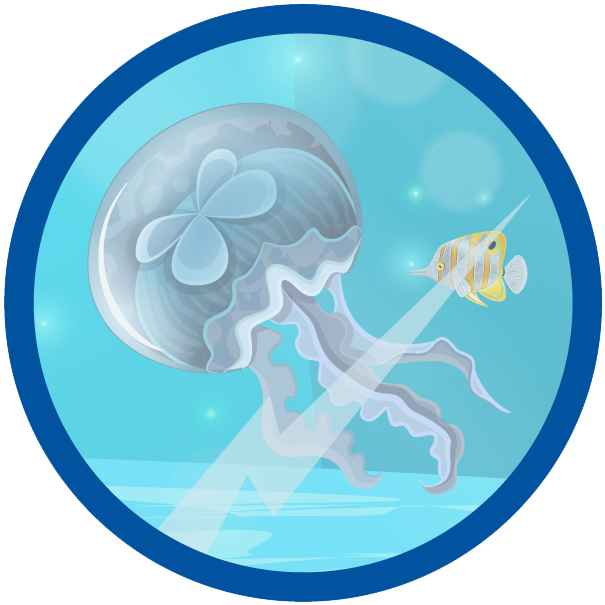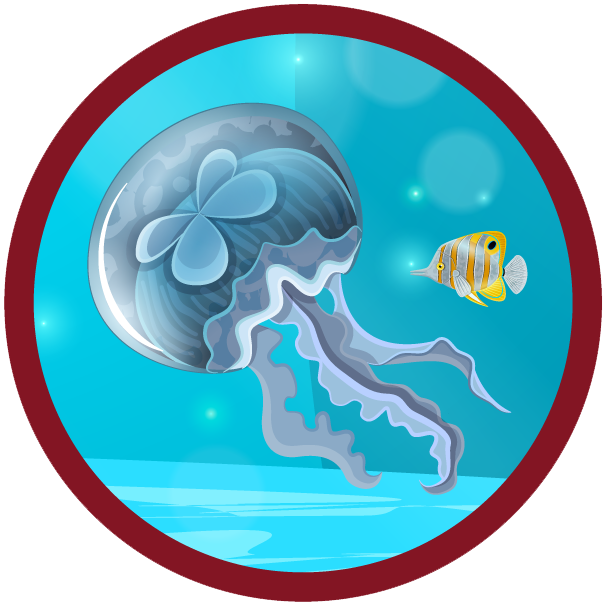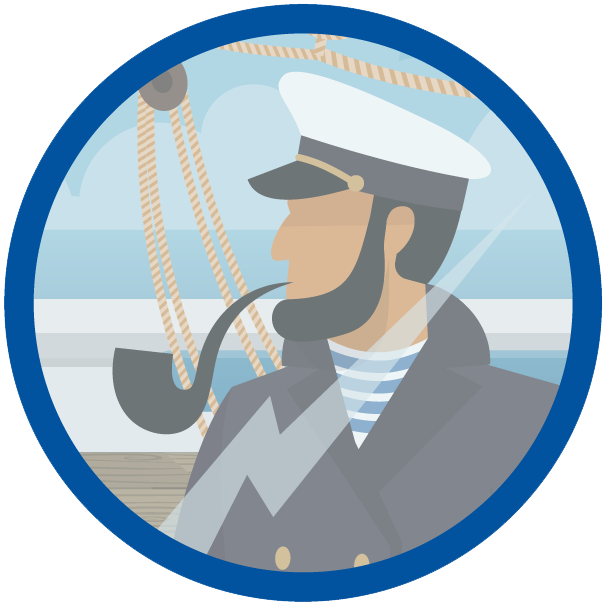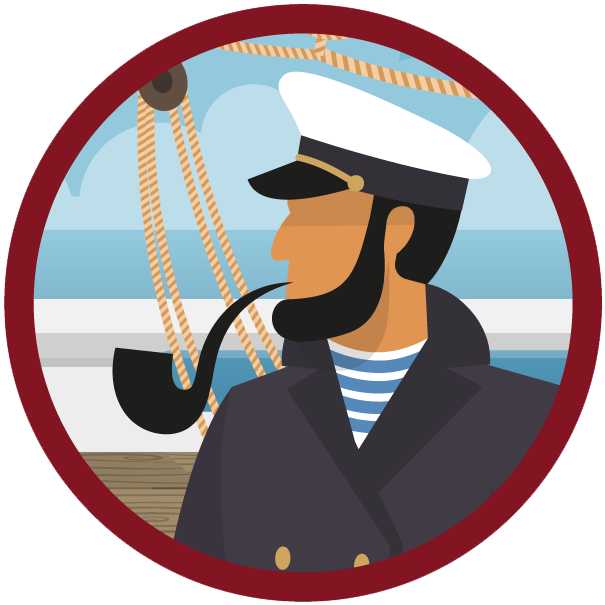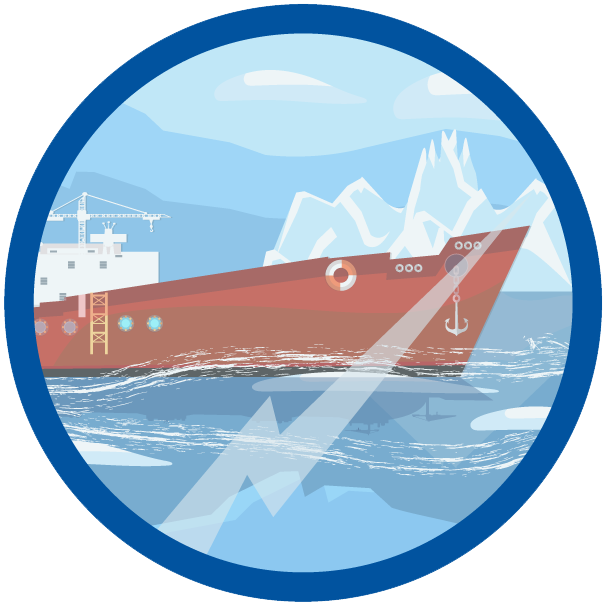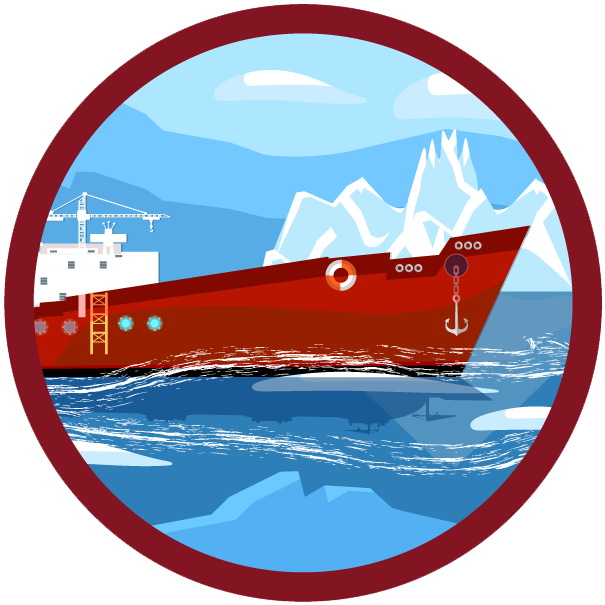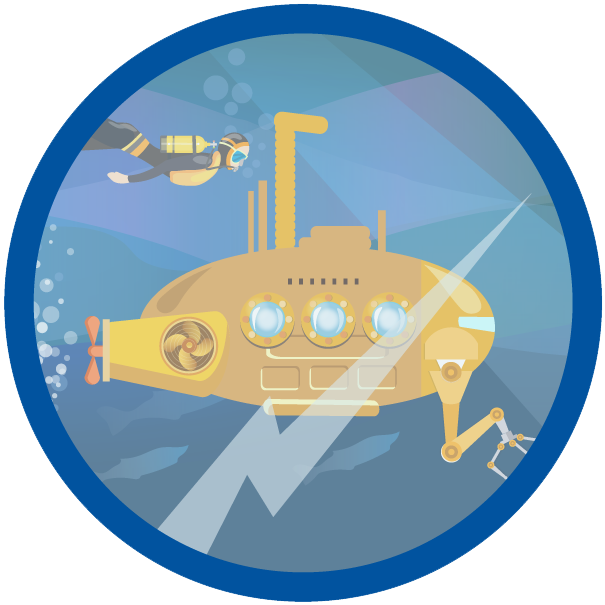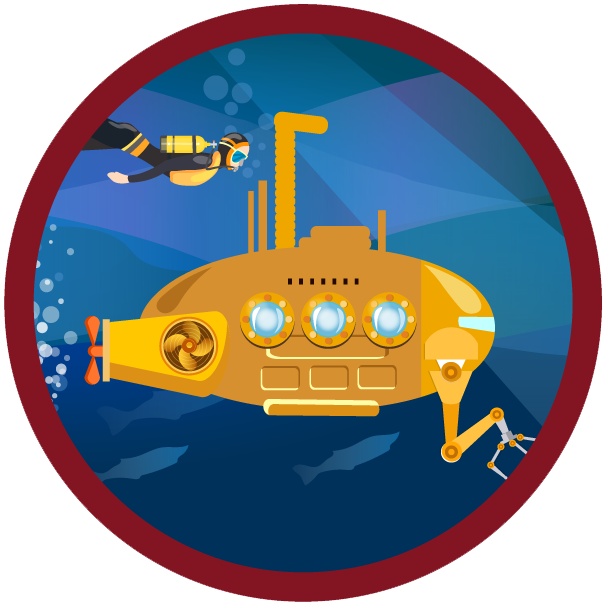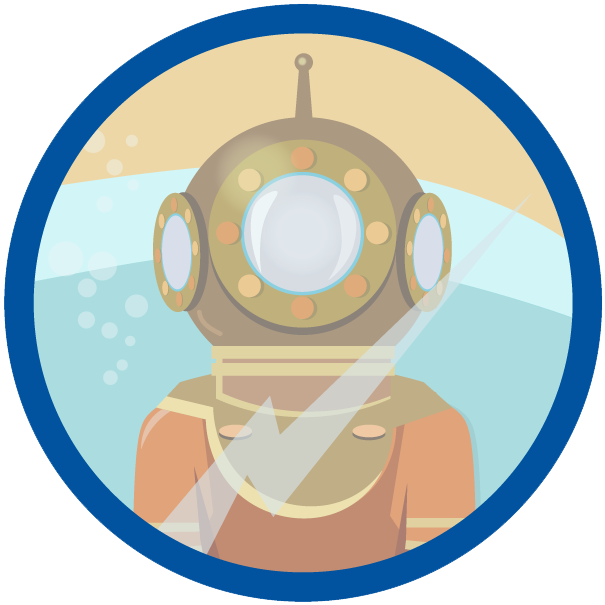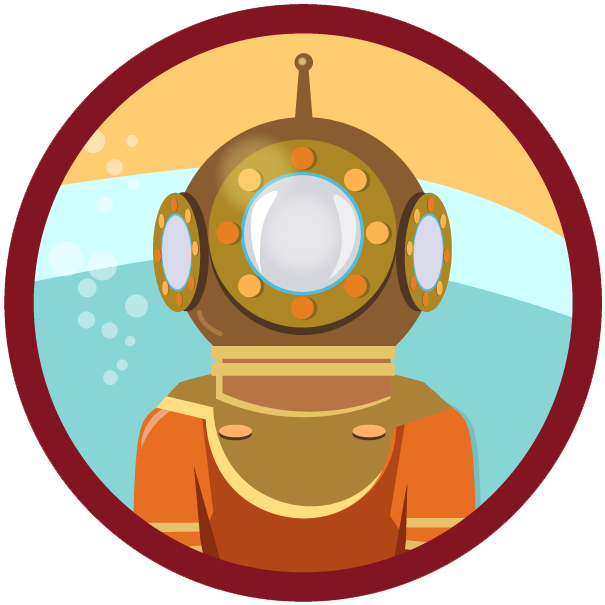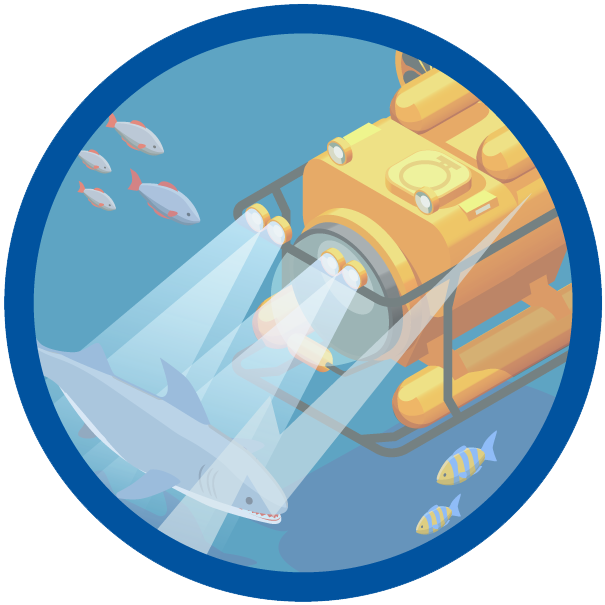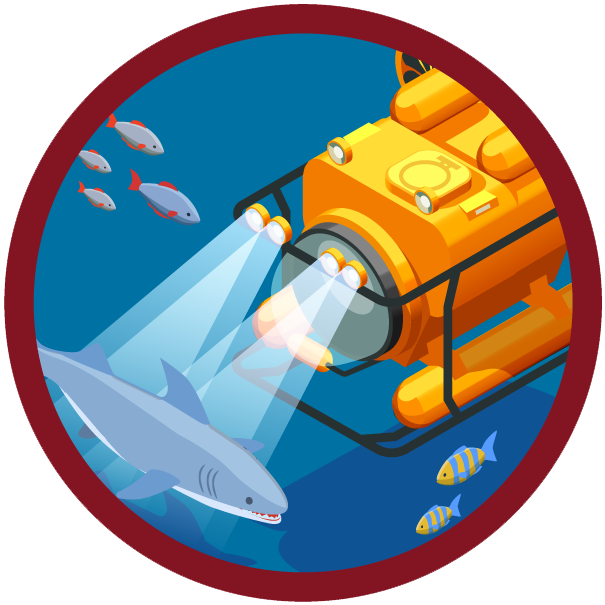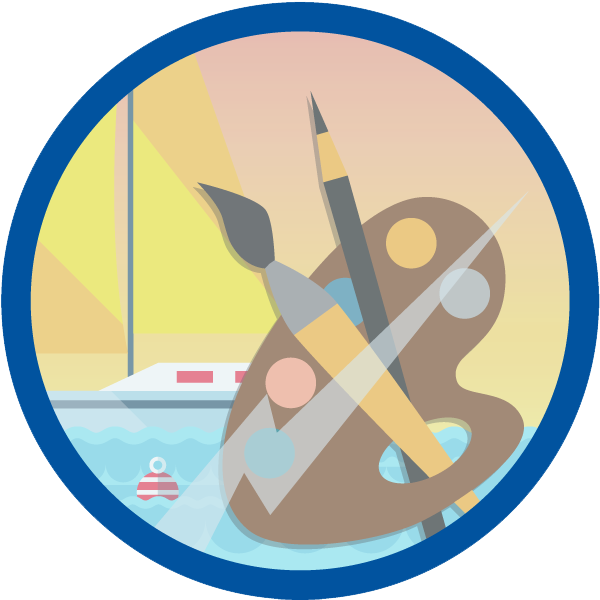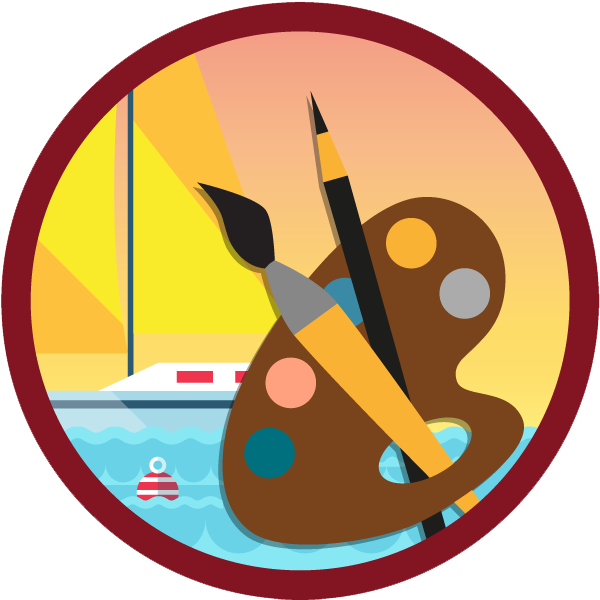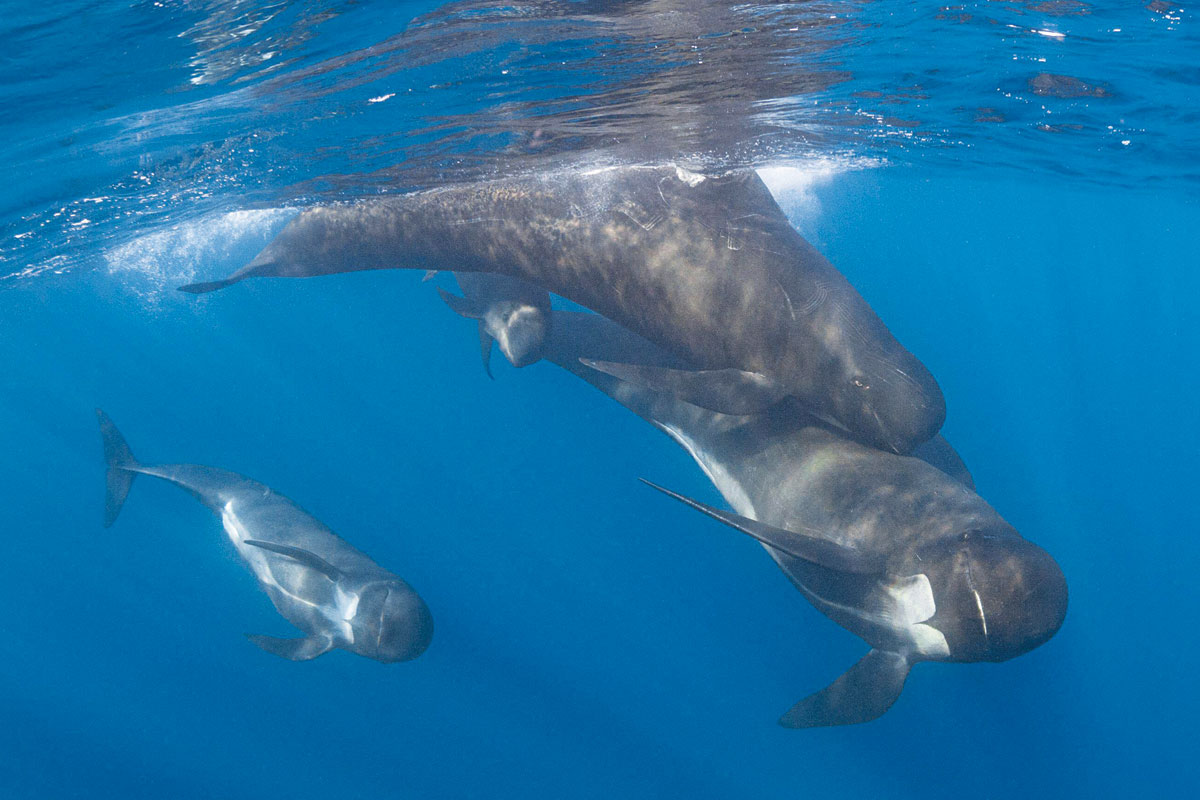
ANIMALS IN SEA HISTORY

By Richard J. King
By late afternoon on his first day out of Boston Harbor, Bill Pinkney was already out of sight of land. Aboard his 47-foot sailboat, Commitment, Pinkney was embarking on a voyage around the world—solo. He skimmed across the waters of Massachusetts Bay and Stellwagen Bank, clearing Cape Cod before sunset. It was then that Pinkney heard a “whooshing sound,” but he couldn’t see from where it came. He even went down into the cabin to see if the noise was coming from there.
I heard the sound again,” he wrote in As Long As It Takes, his story of the voyage. “This time it was directly to my right. Peering into the water, I spied a smooth, slick, black surface. Then I saw a hole on the top open and close, creating the whooshing sound. I was staring down at a pilot whale.
The whale swam alongside his boat, which was cruising along at about 5 or 6 knots. Although Pinkney had been sailing for many years, his experiences had been mostly on coastal trips, and, he admitted, having grown up in inner-city Chicago, this was the closest he had ever come to a truly wild animal of any kind—on land or at sea. What struck him was “how large and powerful” it was—and its breath smelled so foul!! Pinkney leaned over the rail and watched, spellbound, for about 15 minutes before the whale disappeared from view.
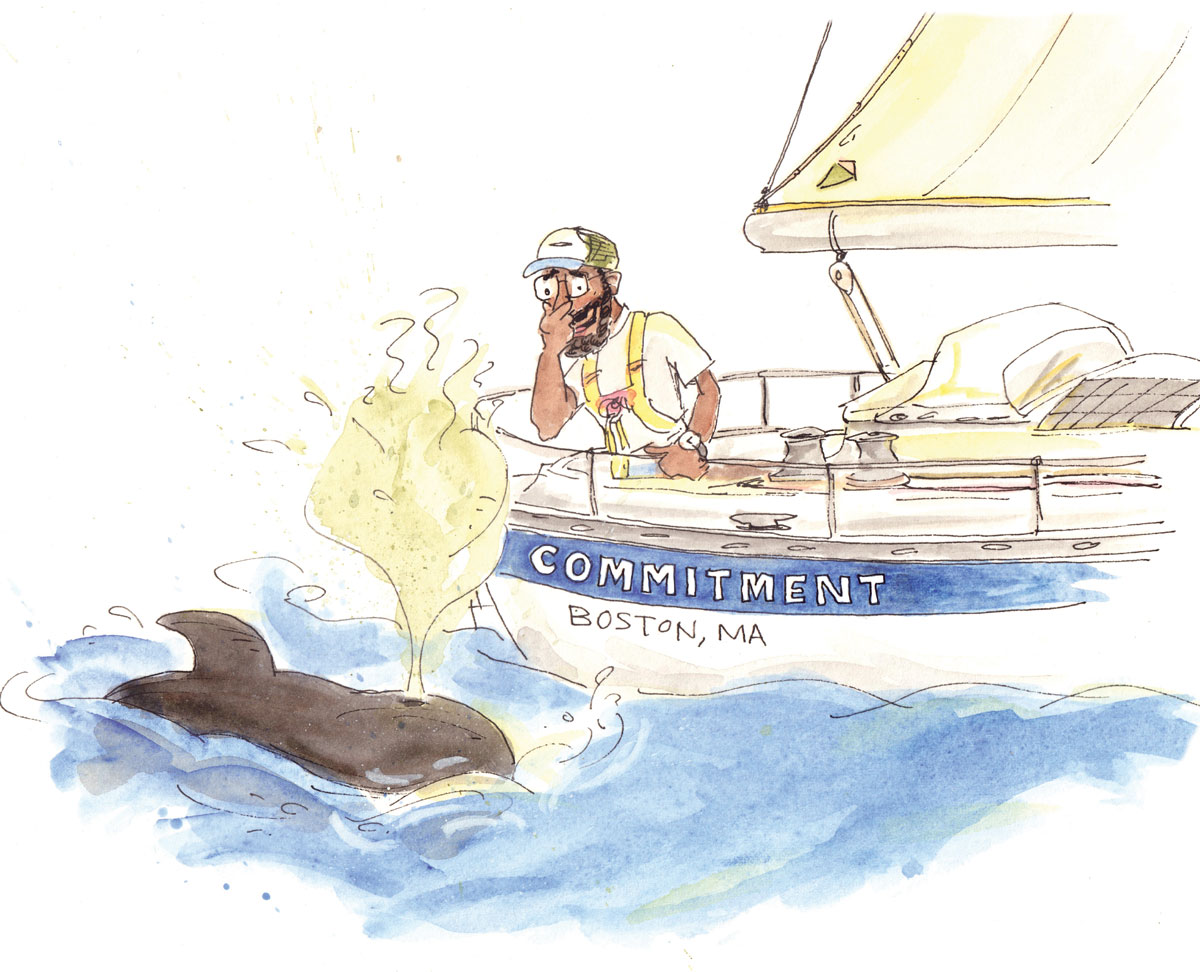
Pilot whales are technically dolphins—or toothed whales—and, with the exception of orcas, are the largest of the ocean dolphins. Pilot whales have had a handful of other common English names over the years, including “blackfish,” the “social whale,” “pot-head,” and “bottle-head.” The latter two are because of their bulbous foreheads. They’ve been called the social whale, including by Henry David Thoreau when he was writing about the shores of Cape Cod, because pilot whales are so regularly found in large schools. Although Bill Pinkney considered his single pilot whale as a “welcomer,” an escort out to the open sea, pilot whales are more commonly found in larger pods.
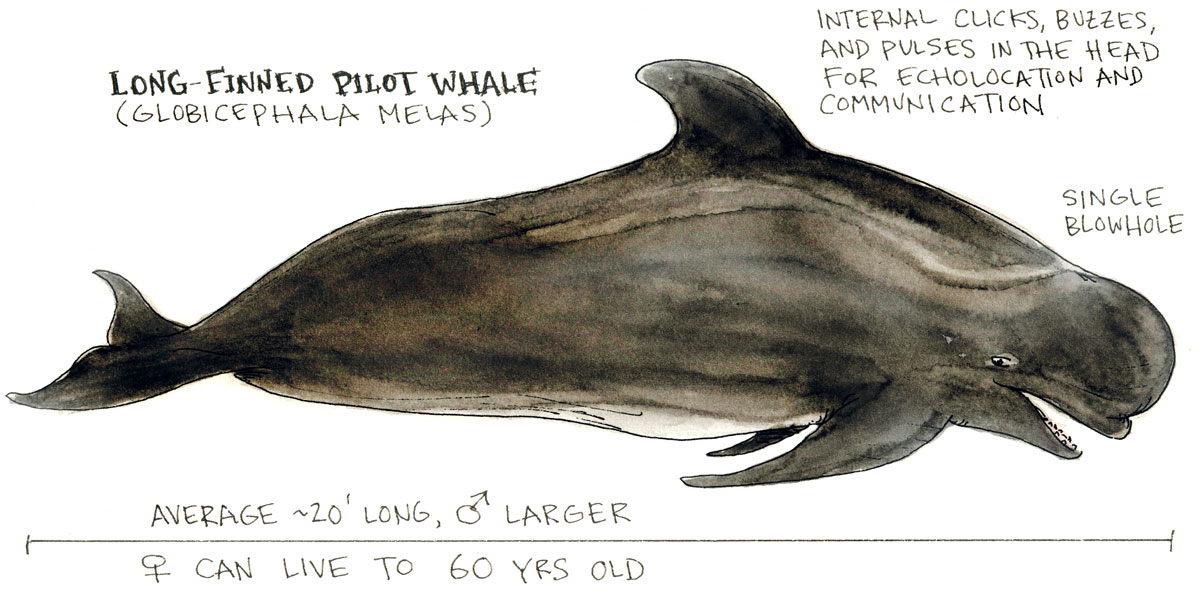
They originally got their name because early Western observers thought a single pilot whale guided its group. Modern biologists, however, do not think the pods are led blindly by a single whale, but it has been observed that they are often led by female members of the pod. Pilot whales are found in all oceans throughout the world. For several centuries, people have hunted pilot whales out at sea for their oil and meat, and in coastal waters hunters have herded them into the shallows, sometimes by the hundreds.
Biologists identify two species of pilot whale. Short-finned pilot whales have a larger range, preferring warmer waters, while long-finned pilot whales tend to live in the more northern latitudes, up around Greenland and Iceland and south nearly to the Antarctic Peninsula. Both species can be found off Cape Cod, Massachusetts.
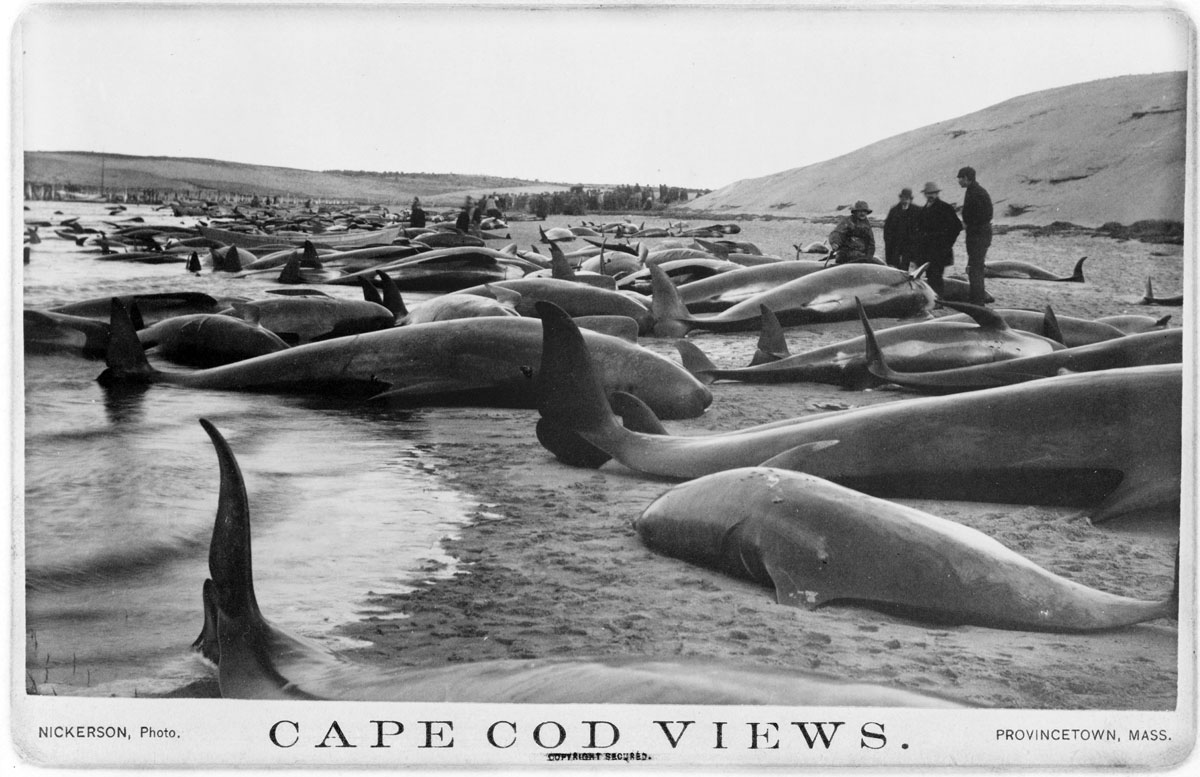
Herded and captured pilot whales on a Cape Cod beach in 1885
Long-finned and short-finned pilot whales both have the genus name Globicephala, which translates to “round head.” Like other toothed whales, such as belugas and sperm whales, their head is filled with special oils and fats, as well as a special valve in their nasal passage to make clicks and buzzes for echolocation to help with navigating underwater. They can dive down beyond 1,500 feet into the darkness to find their main food sources—squid, octopus, and fish. Pinkney’s observation of the whales’ bad smell from their spout is not an uncommon one for mariners who have gotten that close to a whale at the surface. Mammal halitosis, both humans and whales, is caused by various bacteria and fungi. Imagine if you ate only squid and fish and never brushed your teeth!
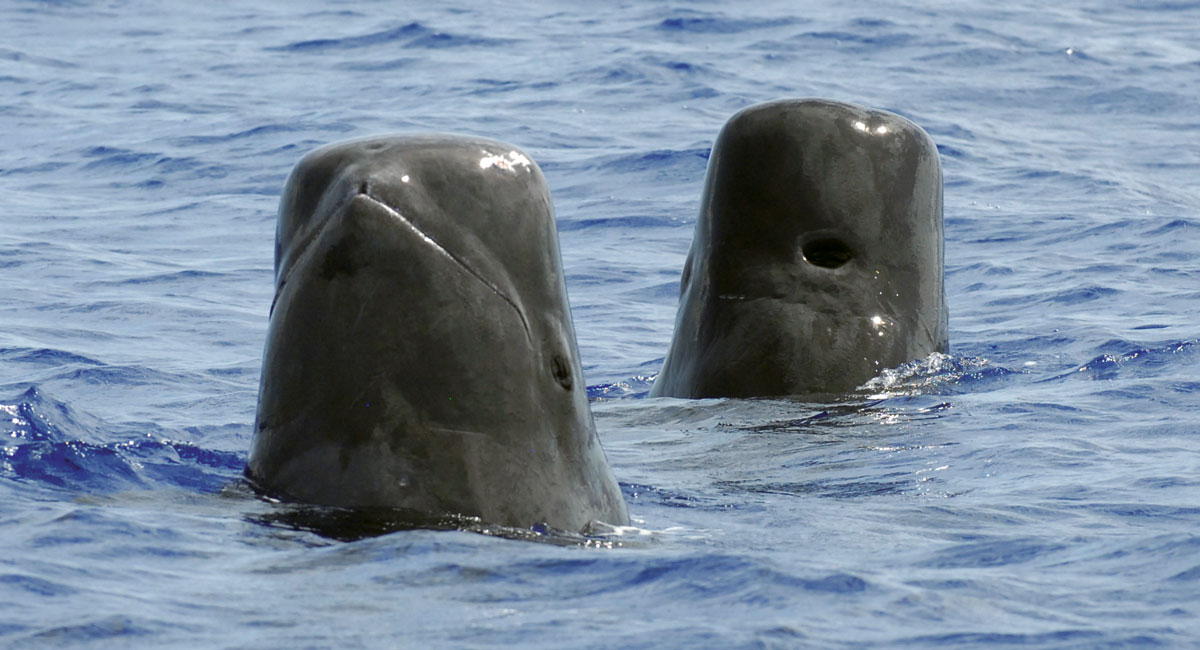
A rare photo of two pilot whales “spy-hopping,” sticking their heads up vertically out of the water off Guam. Note the shape of the head and the size of the open blow hole.
In that late summer of 1990, Bill Pinkney continued along his way and would become the first African American to sail alone around the world via the tempestuous Southern Ocean route. Pinkney, who died this year at the age of 87, had one more notable experience with pilot whales before his world-circling voyage was through. As dawn broke on the morning that he was approaching Tasmania, after a 50-day passage from South Africa, he observed: “The rippling on the surface proved to be caused by a very large pod of pilot whales. Curiously, they were heading south, away from the island, toward Antarctica and the coldest part of the ocean.”
Pinkney didn’t at first understand why they were heading in that direction, but then three hours later, he explained: “Their odd behavior became apparent.” Pinkney interpreted their behavior as having anticipated heavy weather because a couple of hours later, the weather changed quickly—so hard and so fast that a squall knocked his boat on its side for a few terrifying moments. Pinkney and Commitment survived (aside from a torn sail) and then coasted into the port of Hobart, Tasmania, before resuming his circumnavigation. Bill Pinkney sailed on, passing Cape Horn at the southern tip of Africa before crossing the Atlantic and navigating his boat back into Boston Harbor—just maybe with a pilot whale following astern.
Visit more Animals in Sea History or the new book Ocean Bestiary: Meeting Marine Life from Abalone to Orca to Zooplankton, a revised collection of over 15 years of this column!
“Sea History for Kids” is sponsored by the Henry L. & Grace Doherty Charitable Foundation

He made it! Bill Pinkney celebrating his triumphant return to Boston after having sailed more than 27,000 miles around the world.
Did You Know?
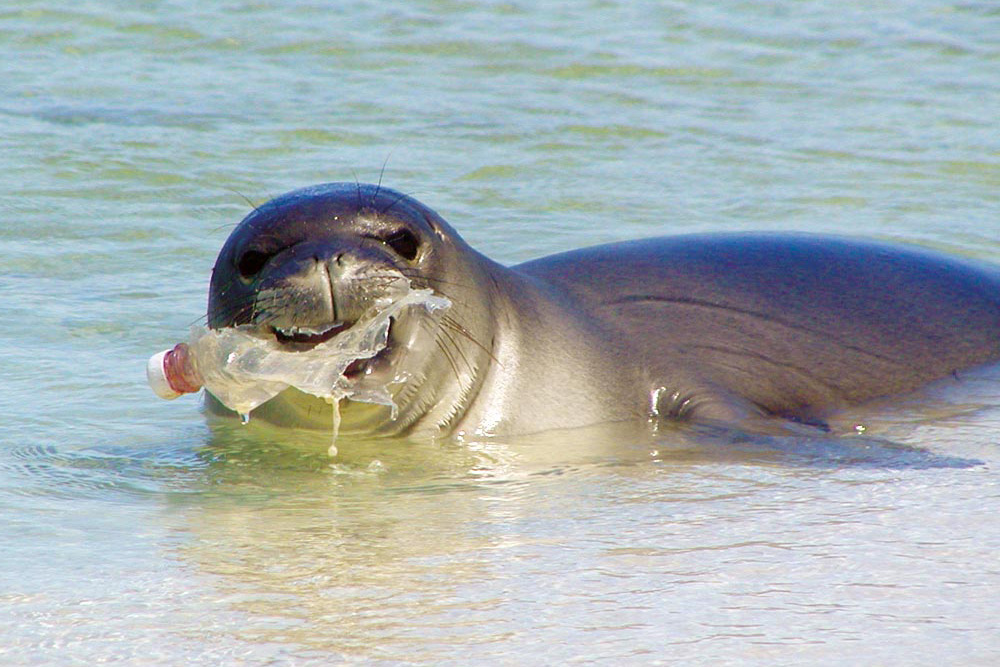
Marine animals consume plastic when they confuse it for food.
Small plastics and floating objects often look like food to aquatic animals and sea birds. When they eat plastic, it often gets stuck in their digestive system, making them feel full and unable to eat proper food.
What can YOU do?
Learn more at Getting Rid of Marine Debris

